-
 Bitcoin
Bitcoin $116300
2.01% -
 Ethereum
Ethereum $3815
5.35% -
 XRP
XRP $3.071
4.46% -
 Tether USDt
Tether USDt $1.000
0.02% -
 BNB
BNB $776.2
1.67% -
 Solana
Solana $173.0
5.70% -
 USDC
USDC $0.9999
0.00% -
 TRON
TRON $0.3389
1.14% -
 Dogecoin
Dogecoin $0.2125
5.92% -
 Cardano
Cardano $0.7627
5.16% -
 Hyperliquid
Hyperliquid $39.00
4.42% -
 Stellar
Stellar $0.4122
5.07% -
 Sui
Sui $3.654
7.22% -
 Chainlink
Chainlink $17.31
5.47% -
 Bitcoin Cash
Bitcoin Cash $582.2
4.28% -
 Hedera
Hedera $0.2521
3.53% -
 Ethena USDe
Ethena USDe $1.001
0.01% -
 Avalanche
Avalanche $22.77
3.47% -
 Litecoin
Litecoin $119.6
2.53% -
 UNUS SED LEO
UNUS SED LEO $8.944
-0.49% -
 Toncoin
Toncoin $3.288
3.95% -
 Shiba Inu
Shiba Inu $0.00001261
3.78% -
 Uniswap
Uniswap $10.12
5.80% -
 Polkadot
Polkadot $3.761
4.23% -
 Dai
Dai $1.000
-0.01% -
 Monero
Monero $285.1
-2.37% -
 Bitget Token
Bitget Token $4.387
1.43% -
 Cronos
Cronos $0.1476
5.88% -
 Pepe
Pepe $0.00001080
4.75% -
 Ethena
Ethena $0.6374
11.58%
A comprehensive understanding of what Stader (SD) coin is in one article
With Stader (SD), users can unlock the liquidity of their staked crypto assets and access DeFi applications without sacrificing staking rewards, enabling them to maximize returns and actively participate in the ecosystem.
Jan 01, 2025 at 02:49 pm
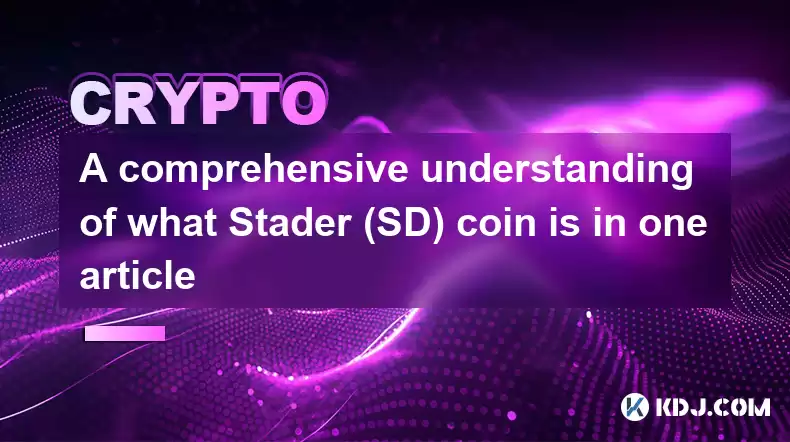
Key Points:
- Understanding the concept and utility of Stader (SD)
- How Stader (SD) functions as a liquid staking solution
- Benefits of liquid staking with Stader (SD)
- Stader (SD) Tokenomics and Staking
- How to acquire and use Stader (SD)
- Integration and compatibility of Stader (SD)
- Future roadmap and potential of Stader (SD)
What is Stader (SD)?
Stader (SD) is a decentralized liquid staking platform that allows users to stake their crypto assets and simultaneously access their staked funds through a tradable token. Unlike traditional staking where staked assets are locked for a set duration, Stader (SD) introduces liquidity by minting a liquid staking derivative token, known as sdTokens, which represent the staked assets' value.
How Stader (SD) Works
To participate in liquid staking with Stader (SD), users need to deposit their supported crypto assets into the Stader (SD) platform. The platform then utilizes a network of vetted validators to stake the deposited assets on the respective blockchain. In return, users receive an equivalent amount of sdTokens, which represent a claim to the staked assets and staking rewards. These sdTokens can be traded, transferred, or used in various DeFi applications.
Benefits of Liquid Staking with Stader (SD)
- Liquidity: Stader (SD) enables users to unlock the liquidity of their staked assets without sacrificing staking rewards. Users can sell, trade, or use sdTokens in DeFi platforms, allowing them to access funds whenever needed.
- Rewards Maximization: Stader (SD) automatically compounds staking rewards, ensuring users receive the maximum possible returns from their staked assets.
- Delegation Flexibility: Stader (SD) allows users to delegate their staked assets to multiple validators, reducing the risk of slashing penalties compared to staking with a single validator.
- No Lock-up Period: Unlike traditional staking where assets are locked for an extended duration, Stader (SD) eliminates lock-up periods, providing greater flexibility to users.
Stader (SD) Tokenomics and Staking
The Stader (SD) token is the native governance token of the Stader platform. Staking SD tokens allows holders to participate in platform governance, earn rewards, and benefit from exclusive features. Holders can stake SD tokens on the Stader platform or via third-party staking providers.
How to Acquire and Use Stader (SD)
Stader (SD) can be acquired through various cryptocurrency exchanges like Huobi Global, Gate.io, and OKX. To use Stader (SD), users can connect their wallets to the platform and deposit their supported crypto assets to start liquid staking. Users can also access sdTokens on decentralized exchanges like Sushiswap and Uniswap.
Integration and Compatibility of Stader (SD)
Stader (SD) is compatible with various blockchain protocols, including Ethereum, Polygon, Avalanche, and Fantom. This compatibility allows users to seamlessly liquid stake their assets from different blockchains on the Stader platform.
Future Roadmap and Potential of Stader (SD)
Stader (SD) has a promising roadmap, including plans to expand its supported assets, integrate with more DeFi platforms, and introduce novel features such as yield farming and cross-chain liquid staking. The platform's potential lies in providing users with greater flexibility, security, and accessibility to staking, unlocking the full potential of their crypto assets.
FAQs
- What are the supported assets on Stader (SD)?
Currently, Stader (SD) supports staking for ETH, MATIC, AVAX, and FTM. - How are sdTokens valued?
sdTokens are pegged to the value of the underlying staked assets, ensuring a 1:1 ratio between sdTokens and the staked crypto assets. - What are the fees associated with Stader (SD)?
Stader (SD) charges a small fee when users stake or unstake their assets, as well as a platform fee on staking rewards earned through validators. - How can I start liquid staking with Stader (SD)?
Visit the Stader website, connect your wallet, and select the supported asset you want to stake. Deposit the desired amount of assets, and you will receive an equivalent amount of sdTokens. - Is it safe to liquid stake with Stader (SD)?
Stader (SD) utilizes a network of vetted validators to ensure the security of staked assets. The platform also employs industry-standard security measures to protect users' funds.
Disclaimer:info@kdj.com
The information provided is not trading advice. kdj.com does not assume any responsibility for any investments made based on the information provided in this article. Cryptocurrencies are highly volatile and it is highly recommended that you invest with caution after thorough research!
If you believe that the content used on this website infringes your copyright, please contact us immediately (info@kdj.com) and we will delete it promptly.
- BlockchainFX, Bitcoin Swift, Crypto Presales: What's the Hype?
- 2025-08-07 19:10:13
- SHIB Community at Crossroads: Shytoshi Kusama's Leadership Under Scrutiny as Elections Loom
- 2025-08-07 18:30:13
- IREN Overtakes: A New King in the Bitcoin Miner Hashrate Race?
- 2025-08-07 16:31:29
- Memecoins Mania: Whales Eye Pepe Dollar (PEPD) as Bonk Cools Off, While MoonBull Hogs the Spotlight!
- 2025-08-07 16:51:17
- Unilabs, PEPE, and Investment Risk: Navigating the Crypto Hype
- 2025-08-07 16:31:29
- Meme Coin Mania: Rug Pulls, CZ-Inspired Tokens, and the Wild West of Crypto
- 2025-08-07 16:57:14
Related knowledge

Where can I buy UMA (UMA)?
Aug 07,2025 at 06:42pm
Understanding UMA and Its Role in Decentralized FinanceUMA (Universal Market Access) is an Ethereum-based decentralized finance (DeFi) protocol design...
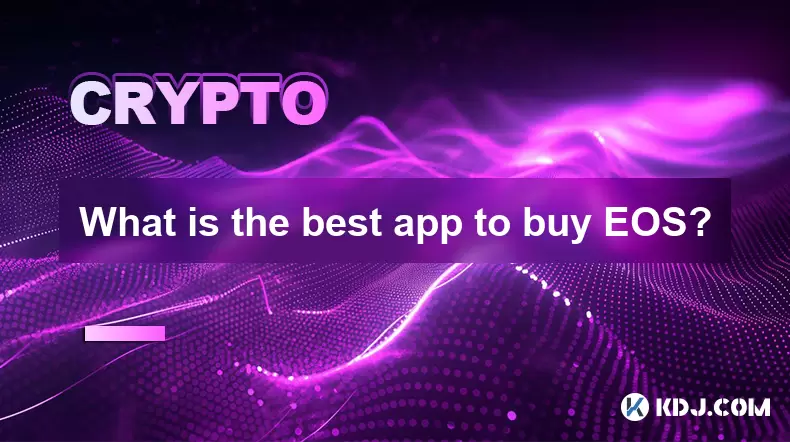
What is the best app to buy EOS?
Aug 07,2025 at 04:35pm
Understanding EOS and Its Role in the Cryptocurrency EcosystemEOS is a blockchain platform designed to support decentralized applications (dApps) with...
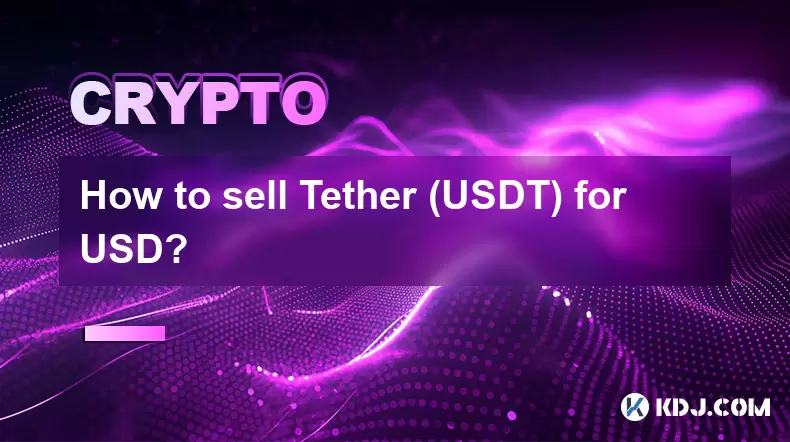
How to sell Tether (USDT) for USD?
Aug 07,2025 at 03:29pm
Understanding Tether (USDT) and Its USD ValueTether (USDT) is a stablecoin designed to maintain a 1:1 value ratio with the United States Dollar (USD)....
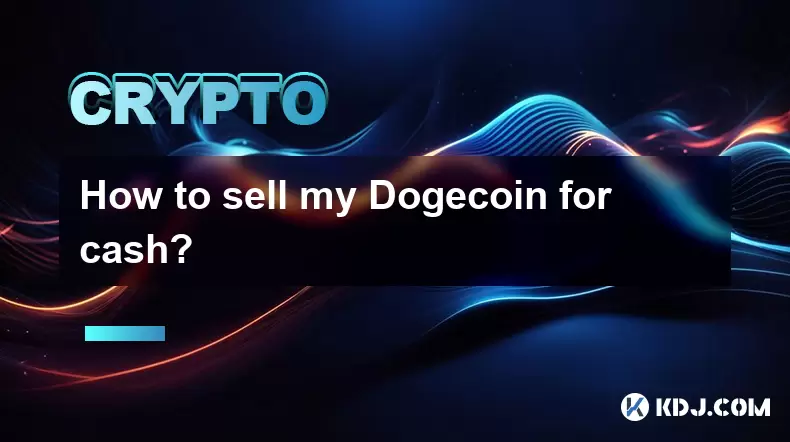
How to sell my Bitcoincoin for cash?
Aug 07,2025 at 02:14pm
Understanding the Basics of Selling Dogecoin for CashSelling Dogecoin for cash involves converting your DOGE tokens into a fiat currency such as USD, ...
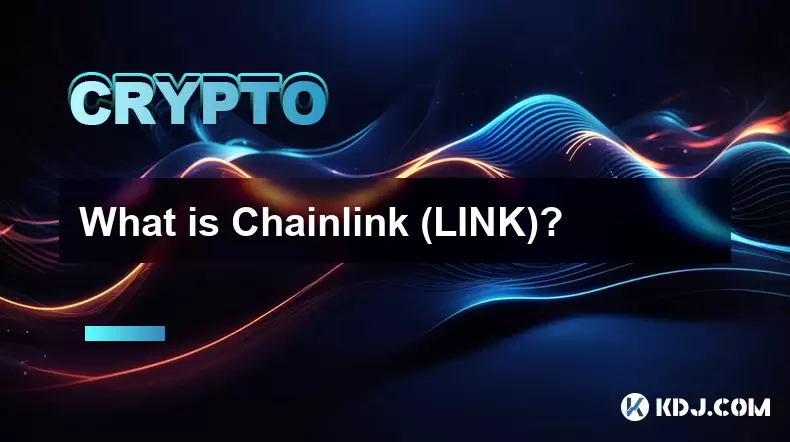
What is Chainlink (LINK)?
Jul 22,2025 at 02:14am
Understanding Chainlink (LINK): The Decentralized Oracle NetworkChainlink is a decentralized oracle network designed to bridge the gap between blockch...
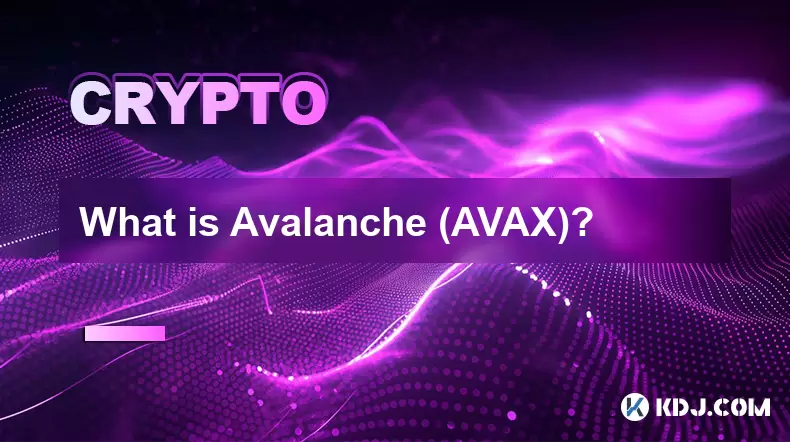
What is Avalanche (AVAX)?
Jul 22,2025 at 08:35am
What is Avalanche (AVAX)?Avalanche (AVAX) is a decentralized, open-source blockchain platform designed to support high-performance decentralized appli...

Where can I buy UMA (UMA)?
Aug 07,2025 at 06:42pm
Understanding UMA and Its Role in Decentralized FinanceUMA (Universal Market Access) is an Ethereum-based decentralized finance (DeFi) protocol design...

What is the best app to buy EOS?
Aug 07,2025 at 04:35pm
Understanding EOS and Its Role in the Cryptocurrency EcosystemEOS is a blockchain platform designed to support decentralized applications (dApps) with...

How to sell Tether (USDT) for USD?
Aug 07,2025 at 03:29pm
Understanding Tether (USDT) and Its USD ValueTether (USDT) is a stablecoin designed to maintain a 1:1 value ratio with the United States Dollar (USD)....

How to sell my Bitcoincoin for cash?
Aug 07,2025 at 02:14pm
Understanding the Basics of Selling Dogecoin for CashSelling Dogecoin for cash involves converting your DOGE tokens into a fiat currency such as USD, ...

What is Chainlink (LINK)?
Jul 22,2025 at 02:14am
Understanding Chainlink (LINK): The Decentralized Oracle NetworkChainlink is a decentralized oracle network designed to bridge the gap between blockch...

What is Avalanche (AVAX)?
Jul 22,2025 at 08:35am
What is Avalanche (AVAX)?Avalanche (AVAX) is a decentralized, open-source blockchain platform designed to support high-performance decentralized appli...
See all articles

























































































